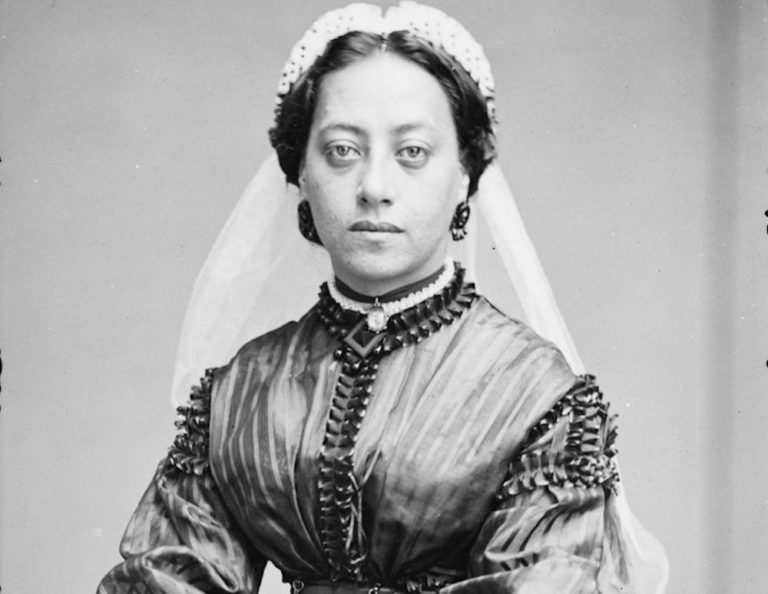The Law and Genetics of Racial Profiling in Medicine
Harvard Civil Rights-Civil Liberties Law Review
Volume 39, Number 2 (Summer 2004)
pages 391-483
Erik Lillquist, Associate Provost for Academic Projects & Professor of Law
Seton Hall University School of Law, Newark, New Jersey
Charles A. Sullivan, Professor of Law and Senior Associate Dean for Finance & Faculty
Seton Hall University School of Law, Newark, New Jersey
Modern medicine has embraced the use of race. Race is routinely employed by medical researchers, clinicians, and community health officials. Moreover, medicine’s use of race is not done in the shadows, but right before our eyes. Physicians note our race when treating us and medical researchers routinely publish results that classify subjects based on race. Researchers debate the relative merits of using race in prominent journals and doctors have freely claimed in major newspapers that they use race.1 Recently, the New York Times featured Dr. Sally Satel on the cover of its Magazine Section proudly proclaiming, “I am a racially profiling doctor.”2 A year earlier, the same paper reported on FDA approval of clinical trials for a heart drug designed exclusively for African Americans.3
Curiously, the question of whether biological differences in the races should be taken into account by our health care institutions has gone largely unconsidered in the law journals. Given the pervasive role law plays in medicine and research, this is surprising. This omission is especially striking because race otherwise dominates law review articles.4 Whether the topic is affirmative action, employment discrimination, environmental justice or any of a myriad of areas where race encounters the law, the reviews have thoroughly canvassed the problem, often with a strong interdisciplinary focus. Accordingly, law journals have devoted significant space to race where it intersects health care in one area: the cause of racial disparities in the health status of African Americans and other minorities.5 But the conscious use of race to diagnose and treat individuals continues with almost no discussion, despite all of the attention paid to the topic in both the popular media and medical literature. This Article fills that void.
Taking race into account in medical treatment seems at least as objectionable as other, explicitly prohibited uses, especially given the egregious acts perpetrated against racial minorities in this country in the name of medicine. For example, in the notorious Tuskegee Syphilis Experiment, the United States Public Health Service deliberately failed to treat nearly 400 African American males suffering from late-stage syphilis.6 Further, the notion of genetic racial differences triggers associations with the eugenics movement7 and repeated “scientific” efforts to prove the intellectual inferiority of African Americans.8
Even more dramatic is the increasing acceptance among researchers and clinicians of race as an appropriate focus of medical study and treatment. Indeed, this may be an unintended byproduct of the medical and legal literature on racial disparities in health. For example, to explain why African Americans have higher mortality rates from heart disease, researchers have studied whether the disparity may be partially accounted for by genetic differences between African Americans and whites—differences that enlightened modern medicine can identify and then address.9 To that end, medical journals increasingly explore possible racial connections with diseases and treatments. In 2001, a pair of studies in the New England Journal of Medicine focused on possible differences in drug responses among black and white heart patients. One study found racial differences for one drug;10 the other found no such differences for another.” Other examples abound.12
The notion that medicine should reject a colorblind model in favor of taking race into account marks a significant shift in perspective. Proponents argue that, unlike many of their predecessors in the medical and scientific community, they will take race into account only when it is appropriate to do so.13 But that claim was also made by predecessors whose views are now widely condemned.14 Furthermore, it occurs at a time when researchers are documenting the role that unconscious or semi-conscious racism plays in the delivery of medical treatment. For example, recent research has suggested that physicians prescribe different treatment for patients solely as a result of the patient’s race and/or gender.15 One study showed that physicians recommended cardiac catheterization at a lower rate for African American female patients than for African American males, white males, or white females, even though the symptoms presented were exactly the same.16 Another study showed that physicians prescribed analgesics to patients at different dosages depending upon the race of the patient and the gender of the physician.17 All of these differences are in-appropriate in terms of the current state of medical knowledge. Even if physicians can be cured of conscious bias, they no doubt will be influenced by the unconscious biases that plague American society.18
The problems of using race in health care have not gone unnoticed in the medical community. In 2001, the New England Journal of Medicine ran two editorials—one praising the research19 and the other claiming that attributing medical differences to race “is not only imprecise but also of no proven value in treating an individual patient.”20 The New England Journal of Medicine reprised the 2001 dispute with a pair of articles in March 2003. Esteban Gonzalez Burchard of the University of California at San Francisco and Neil Risch of Stanford University argued that ignoring race will “retard progress in biomedical research,”21 while an opposing article by Dr. Richard S. Cooper warned that scientists have been too quick to view genetics as the reason for greater susceptibility of African Americans to certain diseases when the real reason may be social factors.22 The reality is that more and more articles in scientific journals are reporting results by racial groups, a result federal regulations encourage.23
Almost completely ignored to date have been the legal implications of medicine’s use of race. Existing law, primarily the Equal Protection Clause, 42 U.S.C. § 1981 and Titles II and VI of the Civil Rights Act of 1964, renders many of these actions legally suspect. For instance, the use of race in selecting participants for clinical trials and in deciding the treatment of patients, we believe, may violate federal constitutional and statutory law. While nonclinical research that utilizes race is probably legal, it faces threats from proposals such as the California Racial Privacy Initiative,24 rejected this past year.
Given the disconnect between what medicine does and what the law appears to allow, what should be done? We believe that, in quite limited circumstances, the law should permit the use of race in medicine. Race, although socially constructed, is a useful proxy for both a person’s ancestry and for environment.25 As we explain in more detail in this Article, both ancestry and environment can play an important role in determining a person’s health. Of course, race is never more than a proxy, and other and better methods can usually be used to obtain the same information about ancestry and environment. But, in a few cases, race may be the best, and perhaps only, means of obtaining this information. When and if this is true, the use of race can be justified.
We acknowledge that the use of race in medicine, as anywhere else, is fraught with peril. Researchers and clinicians in the past have visited grave injustices on individuals in the pursuit of race-driven medicine. The continued use of race by physicians and other health care professionals may only reinforce the unconscious biases that infect medicine, and it may tend to validate the racism of others in society more generally. These costs have to be weighed before the use of race should be permitted. But even after considering them, we still believe that there are some very limited circumstances where the use of race ought to be permitted. This Article is, in large part, designed to define carefully the rare circumstances in which the use of race will be appropriate.
The Article proceeds as follows. Part I sets the stage by sketching the underlying debate about racial disparities in health status and health care and the ways in which the question of race in health is likely to arise. It also addresses the special problems of using race. Part II then turns to the threshold question for any such discussion, “What is Race?,” concluding that “race” as it is currently used in America is socially constructed. While race, as a biological construct, has no meaning, modern human evolutionary theory tells us that, in quite limited circumstances, differences in the frequency of some genes may arise between different races as they have been socially constructed. This is (generally) not because of natural selection, but rather the result of an evolutionary force known as genetic drift, which causes population groups that are separated from one another to diverge in the frequency of genes.
Part III then canvasses the scientific literature to assess the limited situations when “race” may be suitable for medical use because of genetic factors that cannot otherwise be efficiently taken into account. Race, when used as a proxy for ancestry, may tell us something about both disease susceptibility and drug sensitivity. In addition, when seen as a proxy for environment, race can also tell us something about disease susceptibility. Part IV moves from science to law, reviewing the various legal regimes that bear on the use of race in the medical context. We conclude that, in general, the use of race in medicine raises serious legal issues. The main exception is that race-based studies, with no clinical component, would appear to be legal. Finally, Part V brings together the themes of social construction of race, genetically related populations, and the existing legal framework in order to draw normative recommendations for the law’s approach to “racial profiling” in medicine. In particular, we propose the creation of a defense for the limited use of race in treatment, which we describe as a bona fide treatment rationale defense. In addition, we suggest that efforts to include (but not to exclude) racial groups in clinical trials ought to be permitted, and that efforts to exclude groups ought to be resisted. Finally, we accept—for now—the continued use of race in non-clinical studies…
Read the entire article here.







